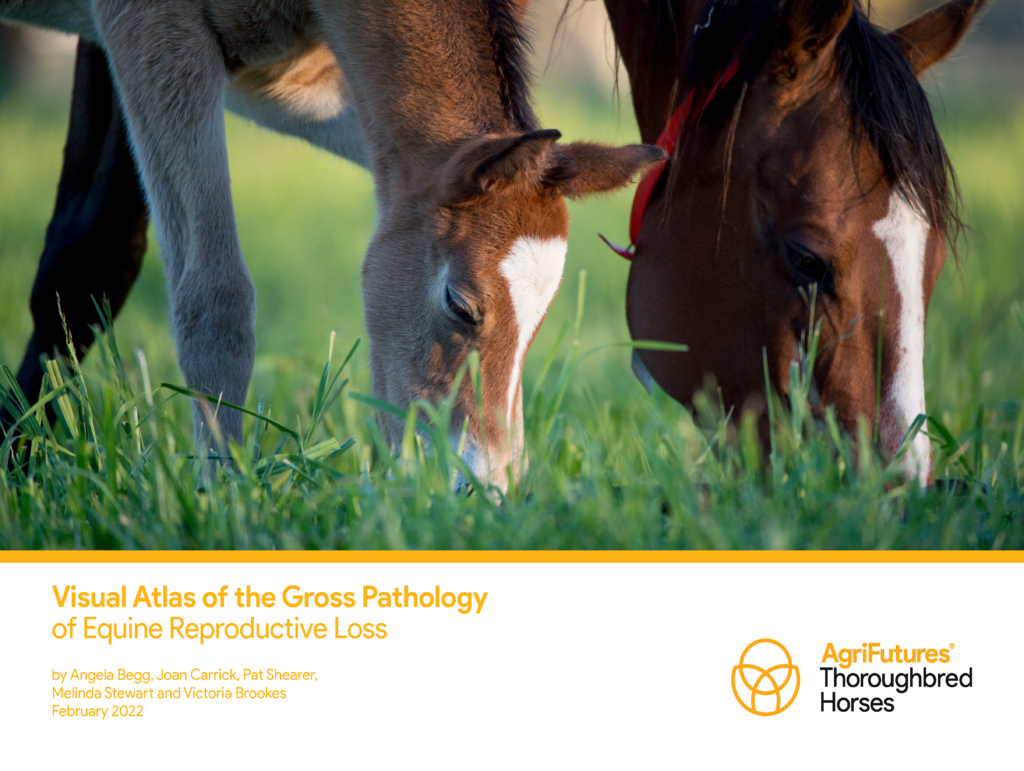Visual Atlas of the Histopathology of Equine Reproductive Loss
Reproductive pathology is a challenging field that is not typically encountered in the routine diagnostic work conducted by most pathologists. Reaching a diagnosis can be...
 THOROUGHBRED HORSES
THOROUGHBRED HORSES 
Published: 1 Sep 2022
ISBN: 978-1-76053-260-4
Download report PDF
DownloadReproductive pathology is a challenging field that is not typically encountered in the routine diagnostic work conducted by most pathologists. Similarly, performing a comprehensive necropsy of a foetus and foetal membranes requires specific training and ongoing revision of professional techniques, in addition to a strong foundational knowledge of anatomy and gross pathological changes. Reaching a diagnosis can be difficult and is often a multifactorial process involving a team of people located on-farm and in laboratories. Diagnosis often requires evaluation of historic and current diagnostic information, gross and histopathological evaluation, and a suite of adjunct laboratory tests. The guidelines in this visual atlas have been developed to support diagnosis of currently recognised causes of equine reproductive loss and, potentially, the recognition of emerging diseases. The guidelines focus on the case definition, clinical features, additional testing and gross pathological features of these diseases; the histopathology features are discussed in the Visual Atlas of Histopathology. A glossary of commonly used terms and images of pathological changes in foetal tissues and placental membranes is also provided.